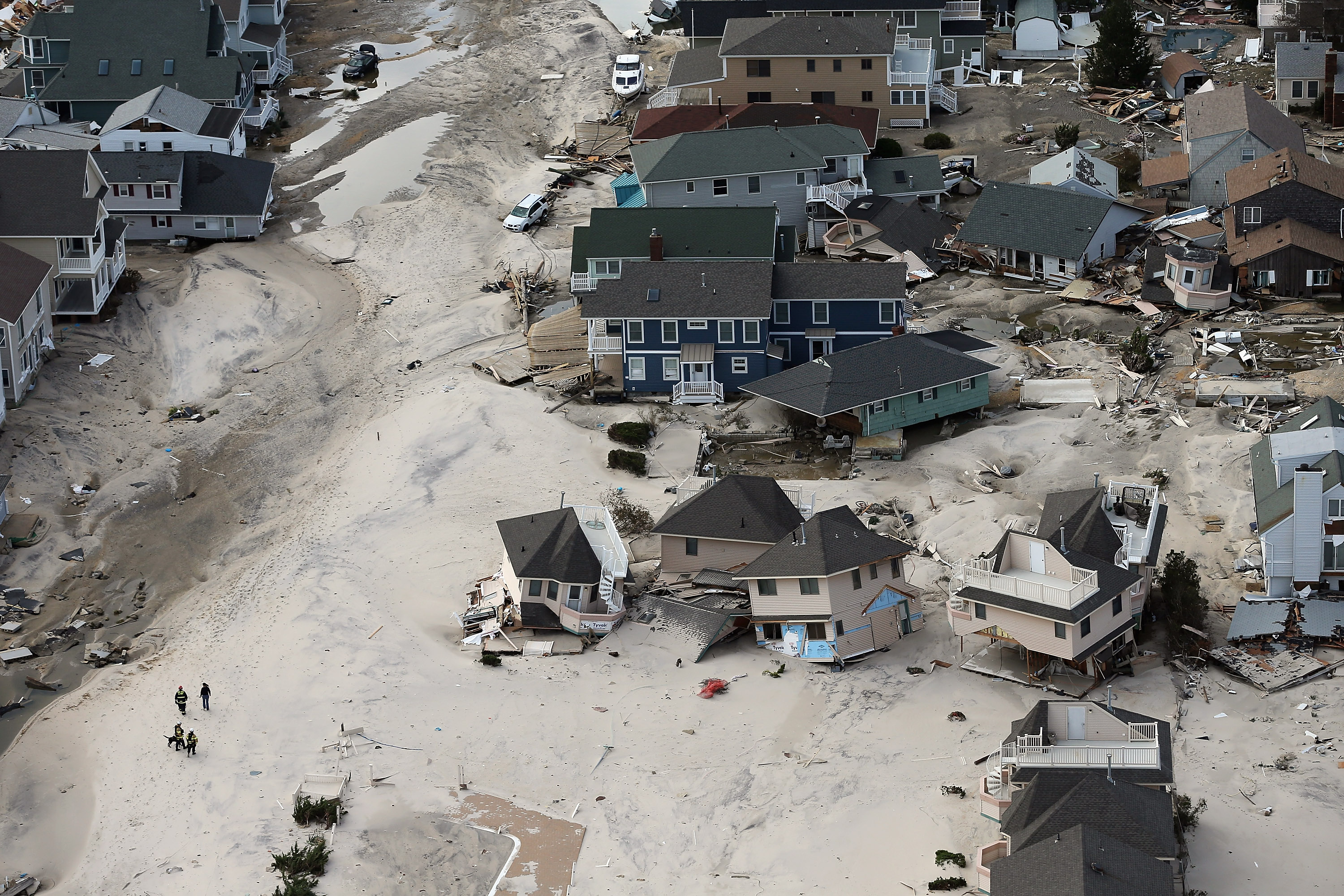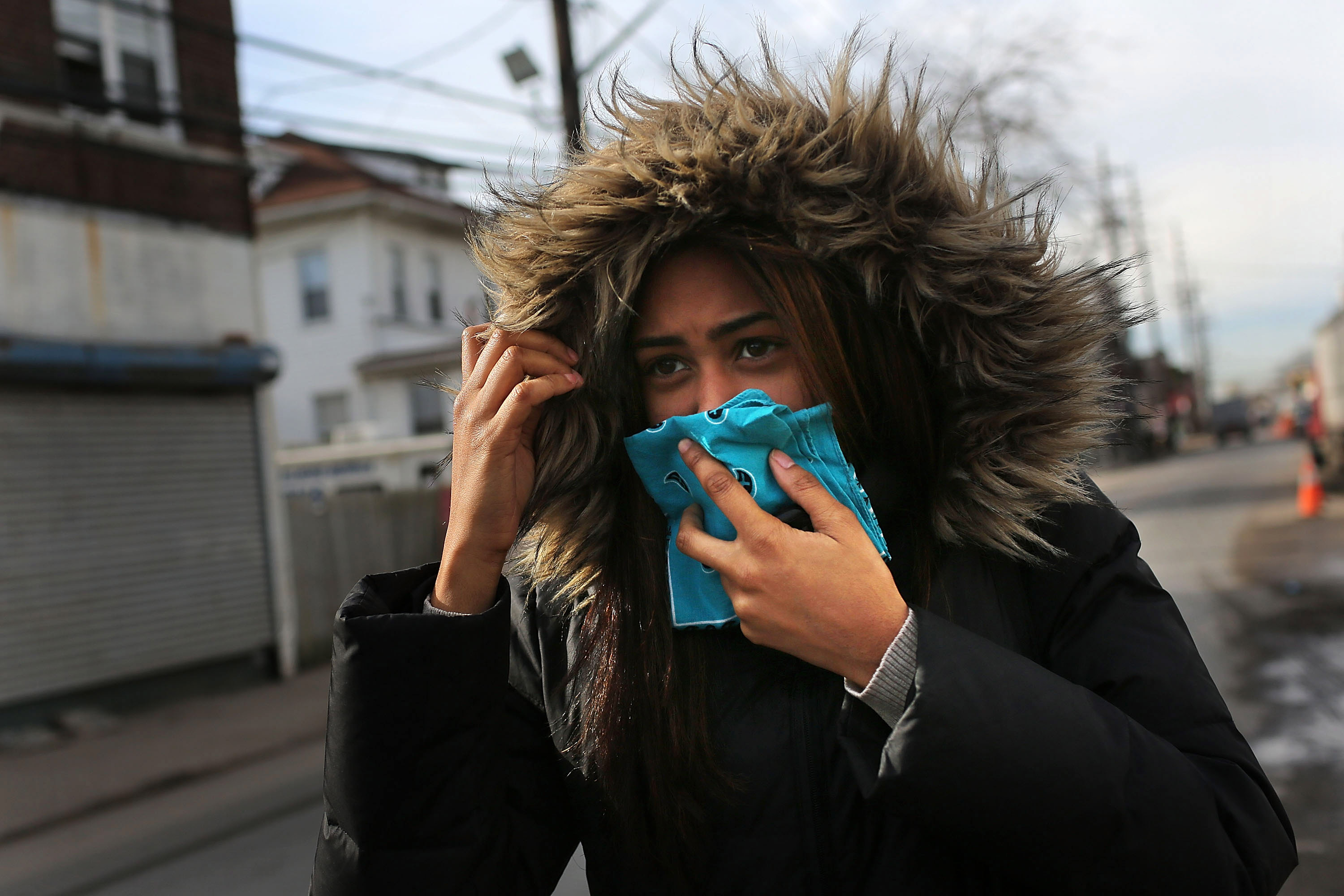In October 2012, one of the largest and most destructive storms to emerge from the Atlantic devastated the US and Caribbean.
Hurricane Sandy left deep scars in affected communities, including the loss of more than 250 lives, tens of billions of dollars in damage, and the less tangible – but still potent – effects of stress, grief, and trauma among survivors.
New research suggests the hurricane even affected the unborn children of parents who were pregnant when the superstorm hit. And for those who experienced extreme heat as well as storm stress, the effects may have been compounded.
"To our knowledge, no prior work has examined how exposure to multiple climate-related stressors during pregnancy might work together to shape children's developing brains," says Donato Delngeniis, a neuropsychologist from Queens College in the US who led the investigation.
While hurricanes are a regular feature of the Atlantic Ocean weather system, ongoing human emissions of greenhouse gases are changing the climate in ways that intensify hurricane wind speeds, and exacerbate storm surges – like those that flooded New York City during the hurricane – by raising sea levels.

This is stressful enough to take a toll on anyone, but for people who are pregnant, stressful events like these can affect their babies' development, too.
From 2019 to 2022, Delngeniis's team recruited 34 New York City-born children, around the age of eight, for brain scans to measure the volume of their basal ganglia gray matter. This part of the brain coordinates deliberate movement, procedural and conditional learning, habit formation, cognition, and emotion.
Eleven of the kids in this study were in-utero when Hurricane Sandy made landfall in New York, with flood, winds, and ensuing electrical damage destroying homes. The rest were womb-bound either side of the storm, but not during its onslaught.
Those children who had been exposed to the hurricane in-utero had significantly larger volume in a number of basal ganglia regions, including the putamen and globus pallidus, which are involved in regulating movement, and the right caudate nucleus, which is associated with cognitive and motor functions.
"Despite never personally experiencing these climate events, we are seeing how climate change may be fundamentally altering children's brain development while they are still in the womb," Delngeniis says.
"The noticeable increase in children's brain volume could potentially lead to future behavioral disorders."

Seven of the children exposed to Hurricane Sandy, and 17 of those who weren't, were also exposed to extreme heat (at least one day with a temperature above 35 degrees Celsius (95 degrees Fahrenheit) at some point while they were developing in the womb. This allowed the researchers to explore the added dimension of extreme heat exposure.
Based on the scans, extreme heat exposure on its own had no notable effect. But when paired with exposure to the hurricane, statistical analysis revealed, extreme heat amplified the adverse effects of hurricane exposure on basal ganglia volume, creating "profound disruptions to the children's developing brains," according to behavioral neuroscientist Yoko Nomura, also from Queens College.
Children exposed to both extreme heat and the hurricane tended to have a larger-than-usual left pallidum and a smaller-than-usual left nucleus accumbens, a structure which is considered the interface between motivation and action.
Given the study's limited sample size and focus on large brain structures, further research would be needed to confirm the findings and determine whether specific stages of development or even sex may play a role in the outcome.
But their implications are concerning in a world where extreme storms and heat waves are becoming commonplace.
"These imaging methods enable us to observe how environmental stressors can cascade through a pregnant mother's experience to reshape the structure of a child's developing brain," says neuroscientist Ahmed Duke Shereen from City University of New York.
"Our findings provide us with compelling evidence that the climate crisis is not merely an environmental crisis – it is a potentially neurological one with consequences for future generations who will inherit our planet."
This research is published in PLOS One.
